Disclosure: This article contains affiliate links. We may earn a commission from purchases at no extra cost to you, which helps our travel content.
There's something deeply ma (間) about Seattle—that untranslatable Japanese concept of negative space that paradoxically creates meaning. Here, the space between skyscrapers and summits, between coffee shops and conifer forests, creates a rhythm uniquely Pacific Northwestern. As someone who's spent years translating between cultures, I find Seattle's dual identity as urban hub and outdoor playground speaks a language all its own—one that doesn't require translation to understand its invitation to adventure.
Day 1: Urban Wilderness Immersion
My relationship with Seattle began professionally—translating technical documents for a software company—but quickly evolved into a love affair with the city's green lungs. Discovery Park, a 534-acre former military installation, serves as my first recommendation for any solo traveler. The 2.8-mile loop trail offers what locals call the full Seattle experience: dense forest paths opening dramatically to bluff-top meadows with panoramic views of Puget Sound and the Olympic Mountains.
By midday, I suggest transitioning to Washington Park Arboretum, where 230 acres of cultivated gardens, natural wetlands, and shoreline create a living museum. The Japanese Garden here holds special significance for me—its meticulous design embodies shakkei (borrowed scenery), incorporating distant views of Mount Rainier on clear days. Pack a light lunch and your hiking journal to record observations or sketch the architectural marvels of tree canopies.
End your first day with a sunset paddle on Lake Union. Rental kayaks and stand-up paddleboards are plentiful, but I prefer Northwest Outdoor Center for their knowledgeable staff and quality equipment. From the water, watch seaplanes landing against the backdrop of the Space Needle while floating among houseboats made famous by Sleepless in Seattle.
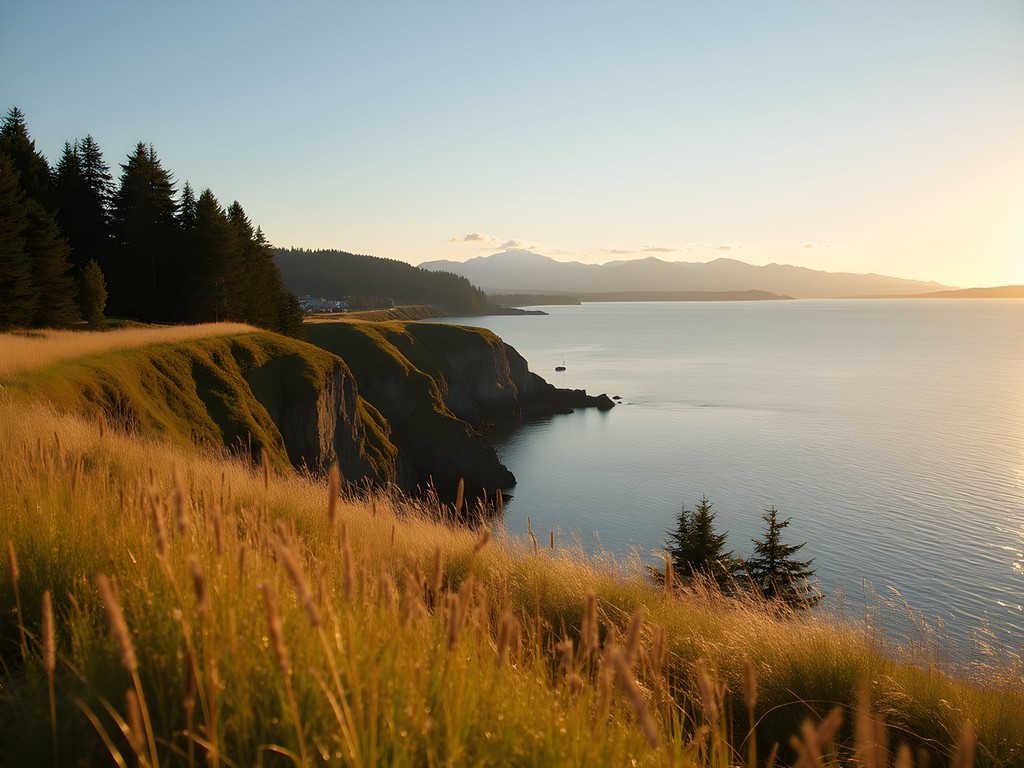
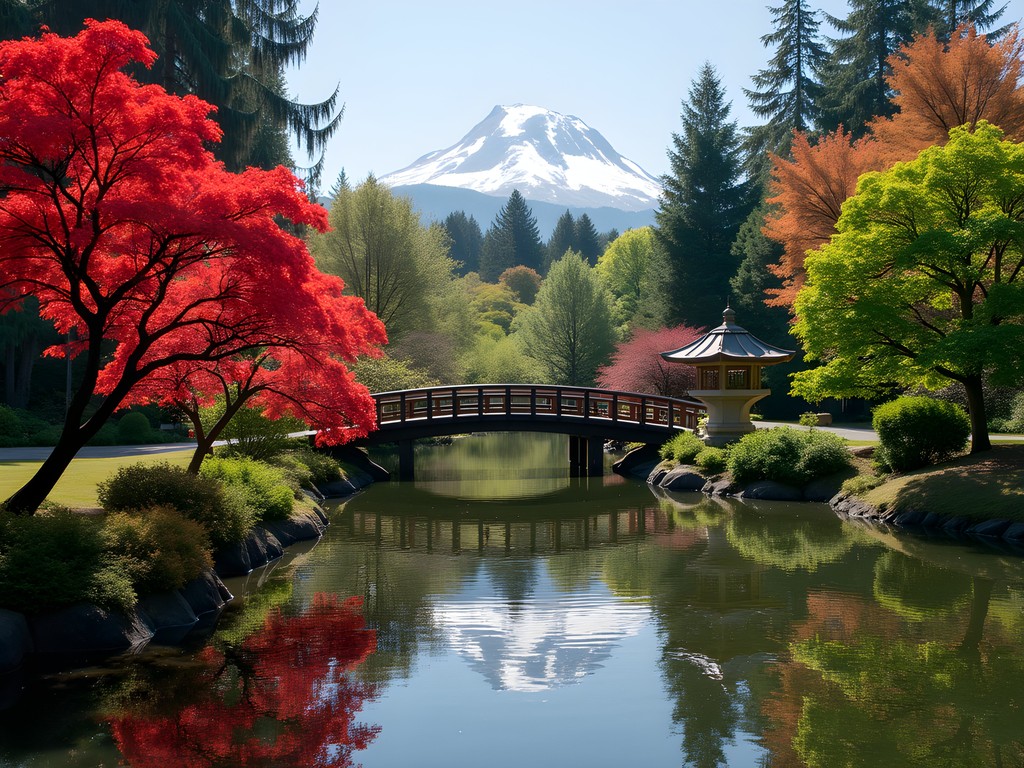
💡 Pro Tips
- Visit Discovery Park early (before 9am) to secure parking and avoid crowds
- The Japanese Garden charges a small entrance fee ($8) but is worth every penny for its tranquility
- Pack layers—Seattle's microclimate can shift dramatically between neighborhoods
Day 2: Ascending to Alpine Heights
Seattle's true magic lies in its proximity to wilderness—within an hour's drive, you can trade espresso shops for alpine meadows. My perfect second day begins with an early departure to Snoqualmie Pass, where several intermediate hikes offer stunning rewards without requiring technical expertise.
My personal favorite is Snow Lake Trail, a 7.2-mile round trip journey with approximately 1,800 feet of elevation gain. The path begins in dense forest before opening to talus slopes with expansive views, ultimately revealing an alpine lake that appears almost Caribbean in its clarity on sunny days. This hike perfectly embodies what Japanese might call shinrin-yoku (forest bathing)—a therapeutic immersion in nature.
Before embarking, ensure you have the ten essentials for hiking safety, particularly navigation tools and extra layers. Seattle's mountain weather is notoriously changeable, even in summer. My trekking poles have saved my knees countless times on these descents and provide extra stability when crossing occasional snowfields that linger into July.
After your hike, stop at the historic Snoqualmie Falls on your return to the city. The 268-foot waterfall is not only a spectacular natural feature but also holds spiritual significance for the Snoqualmie Tribe. The observation deck is easily accessible, making it a perfect finale to your mountain adventure before returning to urban comforts.
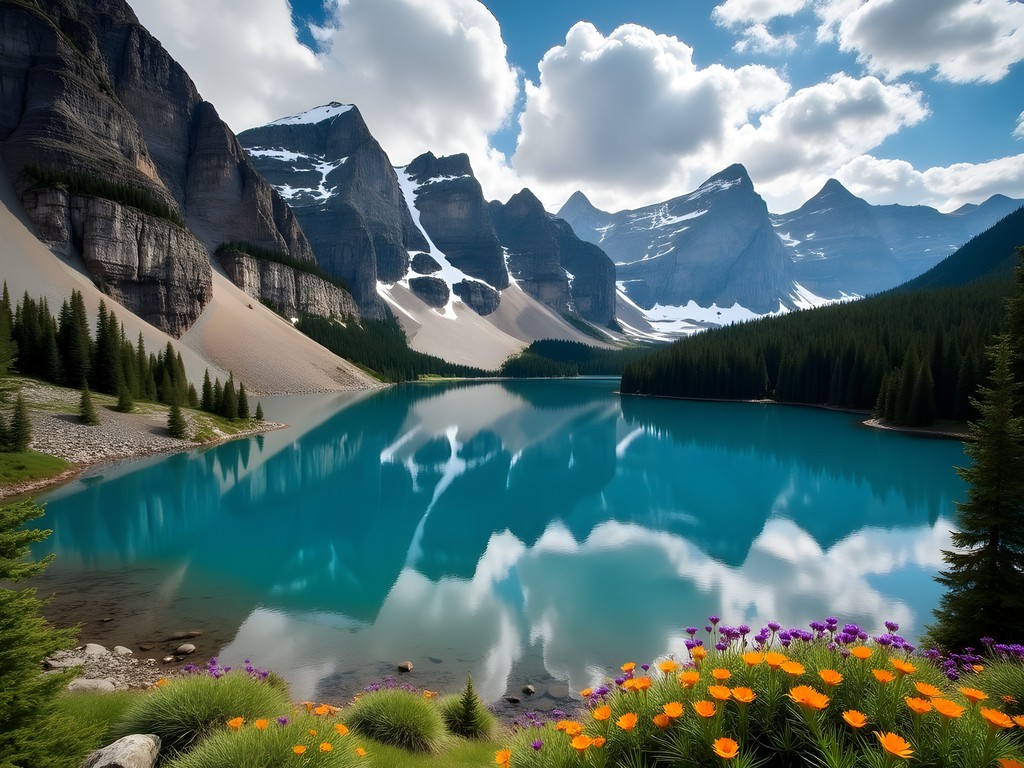
💡 Pro Tips
- Purchase a Northwest Forest Pass in advance for trailhead parking
- Start hiking by 8am to avoid afternoon thunderstorms common in summer months
- Cell service is spotty in the mountains—download offline maps before departing
Evening: Urban Recovery and Cultural Immersion
After a day in the mountains, Seattle offers the perfect urban counterpoint for recovery. Begin at Ballard—once a separate Scandinavian fishing village, now one of Seattle's most vibrant neighborhoods. The Hiram M. Chittenden Locks (locally known as the Ballard Locks) offer a fascinating intersection of engineering and nature, where you can watch boats navigate between freshwater Lake Washington and saltwater Puget Sound while salmon climb fish ladders (peak season July-September).
For dinner, I gravitate toward the neighborhood's Nordic influences at Skål Beer Hall, where hearth-cooked food and local craft beers create the perfect atmosphere to rest tired hiking muscles. Their menu embodies the concept of hygge—that untranslatable Danish word for cozy contentment.
End your evening with Seattle's most unique outdoor experience: a hot tub boat on Lake Union. These small vessels combine the relaxation of a floating hot tub with the adventure of captaining your own boat through the city's central waterway. Watch the city lights come alive while soaking away any remnants of mountain exertion. I recommend bringing a waterproof phone case to capture the skyline at dusk without worrying about splashes.
The juxtaposition of wilderness immersion and urban comfort within a single day perfectly captures what makes Seattle an ideal destination for the solo adventurer—offering both solitude in nature and opportunities for connection in its diverse neighborhoods.
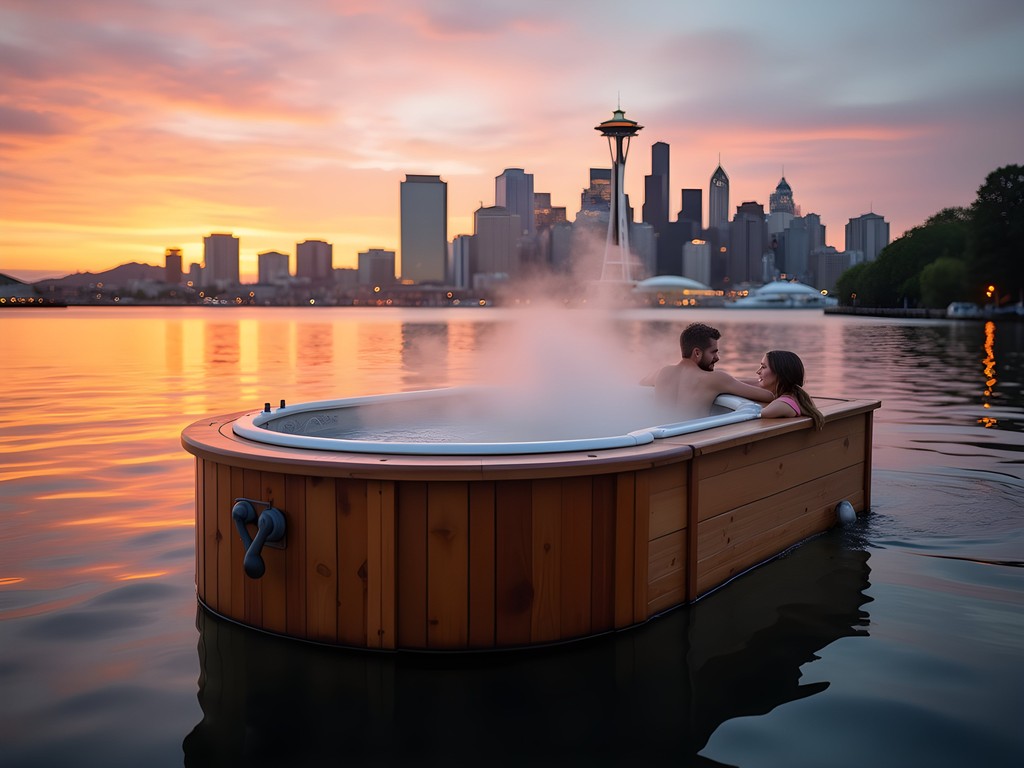
💡 Pro Tips
- The Ballard neighborhood hosts an excellent Sunday farmers market if your timing aligns
- Hot tub boats require advance reservations, especially during summer months
- Many Seattle breweries offer tasting flights—perfect for sampling the renowned local craft beer scene
Day 3: Bainbridge Island—The Perfect Synthesis
For your final day, I recommend experiencing Seattle's maritime culture through a day trip to Bainbridge Island. The 35-minute ferry ride from downtown is itself an adventure—offering spectacular city skyline views that shift with each passing minute. Stand on the outdoor deck with your binoculars to spot seals, sea lions, and occasionally orcas in the Sound.
Once on Bainbridge, rent a bicycle near the ferry terminal to explore the island's 35 miles of scenic roads. The Grand Forest offers several interconnected trails perfect for mountain biking or hiking, while Bloedel Reserve presents 150 acres of meticulously curated landscapes blending Japanese minimalism with Pacific Northwest ecology—a space that speaks deeply to my bicultural sensibilities.
Make time for Fort Ward Park on the southern end of the island, where military history meets marine ecosystem along a peaceful waterfront trail. The bunkers and gun emplacements from WWII create a fascinating wabi-sabi aesthetic—finding beauty in impermanence and imperfection as nature slowly reclaims these concrete structures.
Before catching the afternoon ferry back to Seattle, stop at Mora Iced Creamery for artisanal ice cream featuring seasonal ingredients. Their blackberry flavor in late summer captures the essence of Pacific Northwest terroir in a single scoop—the perfect conclusion to your outdoor adventure weekend.
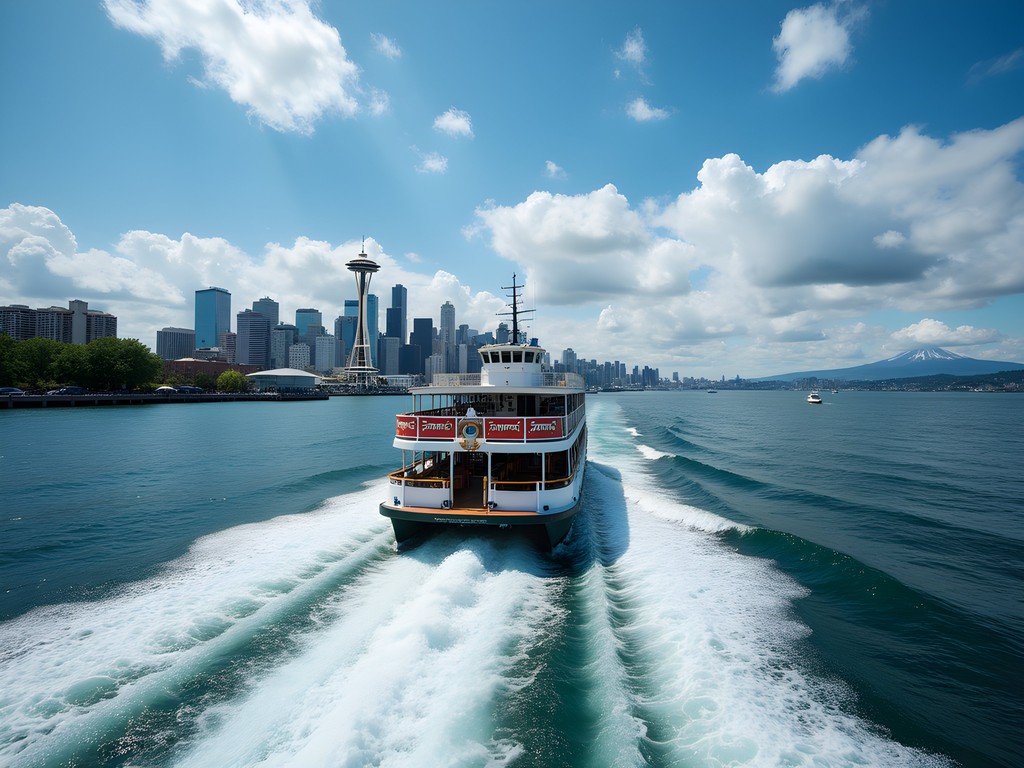
💡 Pro Tips
- Washington State Ferries accept walk-on passengers without reservations, but arrive 20 minutes early
- Bicycle rentals are available near the Bainbridge ferry terminal, but reservations are recommended in summer
- The Bloedel Reserve requires timed entry tickets purchased in advance
Final Thoughts
Seattle exists in a state of beautiful contradiction—a city defined as much by its skyscrapers as by the wilderness that cradles it. This duality creates what linguists might call a semantic field—a collection of related concepts that together form a complete meaning. You cannot truly understand Seattle without experiencing both its urban innovation and natural grandeur.
As a translator who spends professional life searching for perfect equivalents between languages, I find Seattle requires no translation. Its language of misty mornings, coffee aromas, mountain vistas, and ferry horns speaks directly to the soul. The city invites solo travelers to write their own narrative across its varied landscapes.
Whether you're seeking forest solitude, alpine challenges, or urban exploration, Seattle offers a choose-your-own-adventure framework accessible to intermediate outdoor enthusiasts. The city doesn't demand technical expertise—just curiosity and willingness to embrace both rain and sunshine as part of its authentic expression.
I return to Seattle whenever possible, each visit revealing new vocabulary in its ever-evolving conversation between urban and wild. I invite you to join this dialogue and discover which aspects of Seattle's outdoor language resonate most with your own adventure story.
✨ Key Takeaways
- Seattle offers a perfect balance of accessible urban green spaces and wilderness experiences within a compact weekend itinerary
- Solo travelers can easily navigate between city and mountains using public transportation and rideshares
- Summer provides ideal conditions for experiencing both alpine hikes and urban water activities
- The city's diverse neighborhoods offer cultural recovery experiences after physical outdoor adventures
📋 Practical Information
Best Time to Visit
July through September for optimal weather and alpine accessibility
Budget Estimate
$500-700 for a weekend (accommodations, activities, meals)
Recommended Duration
3 days minimum, ideally Friday evening arrival through Sunday
Difficulty Level
Moderate (Requires Basic Hiking Fitness But No Technical Skills)
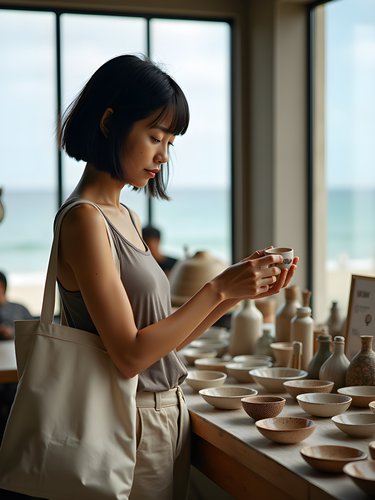
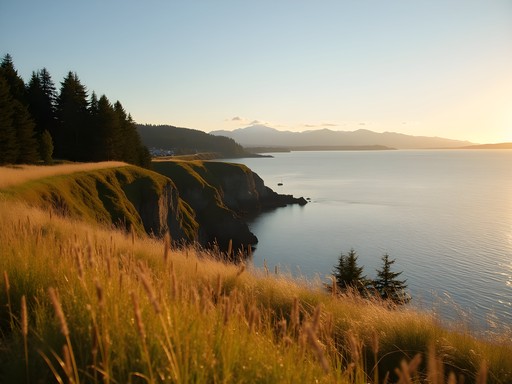

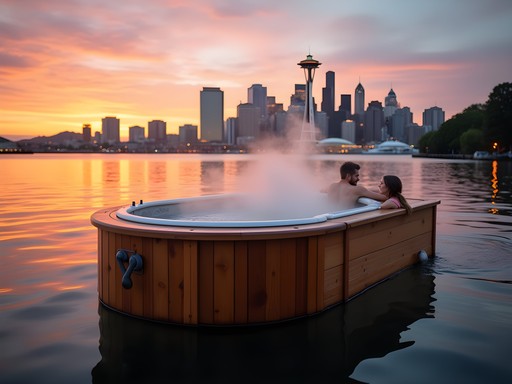
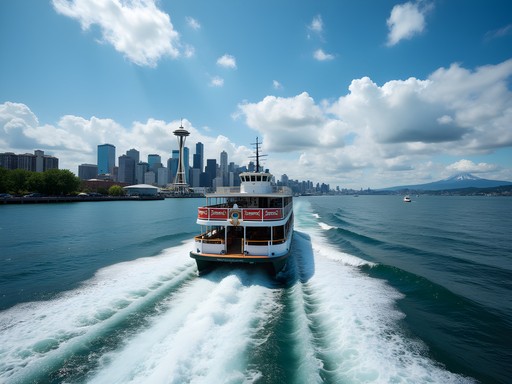


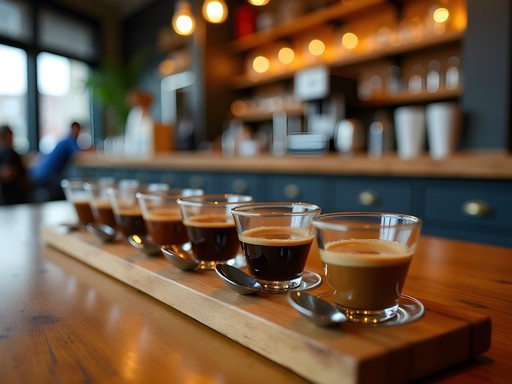
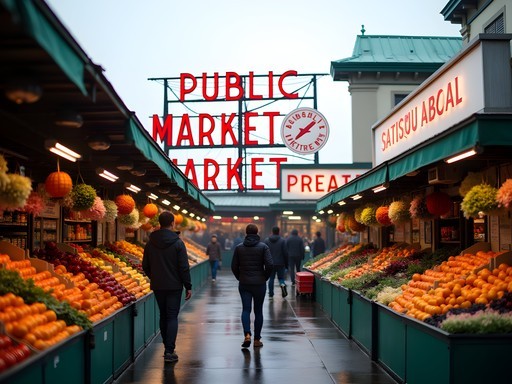
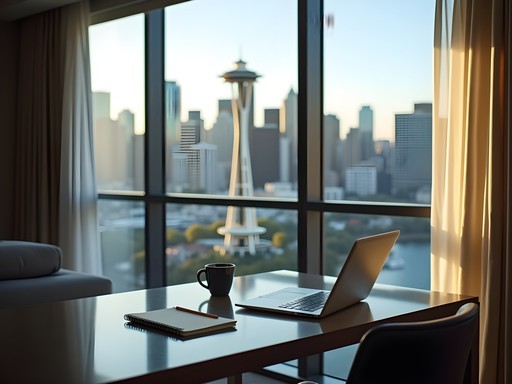

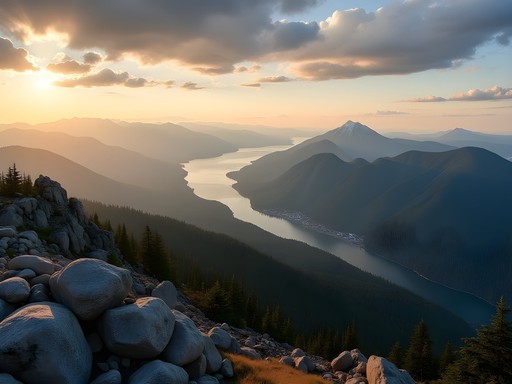

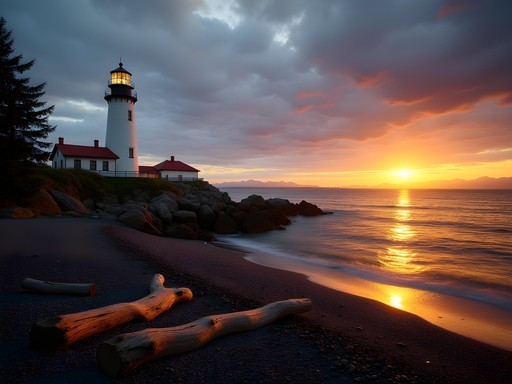
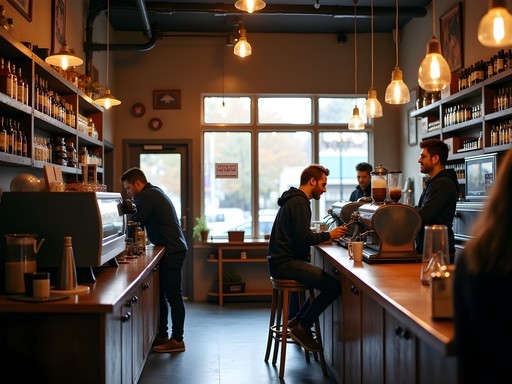
Comments
weekend_wanderer
Love that shot of the fog rolling over the mountains! What time of day was that taken?
Audrey Yamamoto
Thank you! That was around 7:30am - definitely worth the early wake-up call!
starbackpacker
Going to Seattle next month and this itinerary looks perfect! Anyone know if these trails are still accessible in October? Worried about early snow in the mountains!
Sage Dixon
October can be hit or miss for the higher elevation hikes. Mount Si should still be fine, but check the WTA.org trail reports before you go. They're updated regularly by hikers. The urban parks and Bainbridge will be gorgeous with fall colors though!
starbackpacker
Thanks so much! Will definitely check that site. Really hoping to catch some fall colors!
Sage Dixon
Audrey, your concept of 'ma' perfectly captures what makes Seattle special! Last spring I spent a week bouncing between downtown and the surrounding wilderness. One day I'd be sipping coffee at Pike Place, the next scrambling up rock faces at Little Si (the smaller sibling to Mount Si that's perfect for intermediate hikers). One tip for anyone planning a similar trip: the transit system really is fantastic. I used the Link light rail from the airport and buses to reach several trailheads. Just make sure you've got your hiking boots packed because Seattle trails can be muddy even during dry spells. The microclimate shifts between the city and mountains are wild! Also, don't skip Gas Works Park - it wasn't mentioned in your post but offers another perfect example of that urban/nature synthesis with industrial ruins overtaken by greenspace. Perfect for sunset picnics!
starbackpacker
Gas Works Park is amazing! We got lucky and caught a kite festival there last summer. So random but so Seattle!
Sage Dixon
The kite festival! What perfect timing. Seattle seems to have these little magical moments waiting around every corner.
wavemood
Love how you captured Seattle's dual personality! The urban-wilderness balance is exactly why I keep going back.
starbackpacker
Same! Did you try the Bainbridge Island ferry? That view coming back toward the city skyline is EVERYTHING.
wavemood
Omg yes! That ferry ride back at sunset is pure magic. Best $10 I spent there.
Douglas Bradley
Audrey, your observation about Seattle's 'ma' is spot on. I've always been fascinated by how this city balances urban energy with natural tranquility. I spent a month there last summer researching for my Pacific Northwest series, and the juxtaposition of downtown's glass towers against the Olympic Mountains never ceased to amaze me. One addition I'd suggest for readers: if you have time after Bainbridge, take a water taxi to West Seattle and visit Alki Beach for sunset. The city skyline view from there offers yet another perspective on Seattle's urban-nature balance. Also, for those using public transit (which I highly recommend), the ORCA card makes everything seamless - it works on buses, light rail, ferries, and water taxis. Much easier than juggling separate tickets.
Audrey Yamamoto
Thanks Douglas! Alki Beach is a fantastic suggestion - I actually considered including it but had to make some tough cuts. And yes, the ORCA card is absolutely essential for getting around efficiently.
happydiver
We did the public transportation too and it was great! So much easier than renting a car.
Jean Wells
I've been reflecting further on your Seattle experience. The Japanese concept of 'shakkei' (borrowed scenery) also applies well here - the way Mount Rainier appears as a backdrop to the urban landscape, borrowed from nature but integral to the city's identity. For those planning similar urban-wilderness itineraries, I found my trekking poles essential for the elevation changes on both Discovery Park's bluffs and Mount Rainier's trails. The urban-to-alpine transition requires versatile gear. Have you explored the Olympic Peninsula as a counterpoint to this Seattle-Rainier axis? It offers yet another dimension to the Pacific Northwest's remarkable landscape continuum.
Audrey Yamamoto
Jean, 'shakkei' is indeed the perfect concept! I'm fascinated by how Japanese spatial concepts translate so well to the Pacific Northwest landscape. The Olympics are definitely on my list for next time - I'm particularly interested in exploring the rainforest to coastal transition there. Another dimension of this remarkable region!
happydiver
Just got back from Seattle and followed almost this exact itinerary! Discovery Park was incredible - those views of Puget Sound with the mountains in the background are unreal. We also did the Bainbridge Island ferry but added a bike rental to explore more of the island. Totally worth it! The only thing we missed was good weather for Mount Si, it was too foggy to see anything at the top. Guess we'll need to go back!
vacationtime
How was the weather when you went? I'm trying to figure out what to pack for next month.
happydiver
Classic Seattle - sunny one minute, drizzling the next! Definitely bring layers and a good rain jacket. The locals barely use umbrellas!
vacationtime
Great post! I'm visiting Seattle next month. How difficult was the Mount Si hike? I'm in decent shape but not a hardcore hiker.
Audrey Yamamoto
Thanks! Mount Si is challenging but doable if you're in decent shape. It's about 8 miles round trip with 3,150 feet of elevation gain. Take plenty of water and start early to avoid crowds!
vacationtime
Perfect, thanks for the info! Will definitely pack my hiking poles for the extra support.
Fatima Sims
Just got back from Seattle and followed parts of your itinerary - it was perfect for the mixed weather we encountered! One thing I'd add for anyone planning a similar trip: be prepared for sudden weather changes, especially if you're heading to higher elevations. We had sunshine in the city but encountered fog and drizzle on Mt. Si. My waterproof jacket was a lifesaver! The Bainbridge Island suggestion was the highlight - we rented bikes near the ferry terminal and explored the whole island that way. Found this amazing little pottery studio hidden down a side road where the artist let us try throwing clay! These unexpected discoveries are what make travel so magical. Thanks for inspiring our adventure, Audrey!
Audrey Yamamoto
Fatima, I'm thrilled you enjoyed the itinerary! You're so right about the weather changes - classic PNW! And biking Bainbridge is genius - I'll have to try that next time. Would love to know the name of that pottery studio if you remember it!
Fatima Sims
It was called Millstream Clay Works! A bit hard to find but worth the search. The owner Sue was so welcoming.
hikergirl89
Those sunset photos from Kerry Park are stunning! Definitely adding this to my list.
Venture X
Premium card with 2X miles, $300 travel credit, Priority Pass